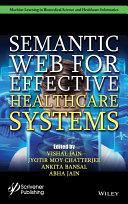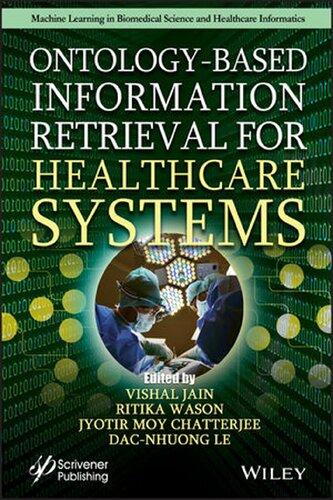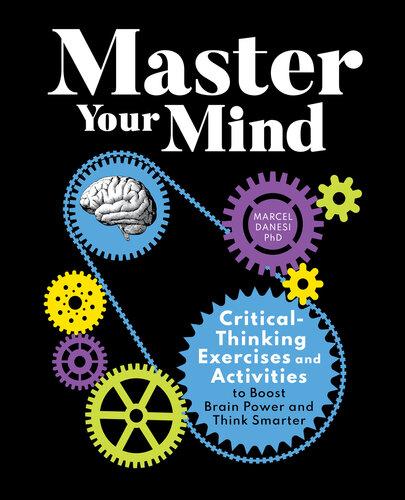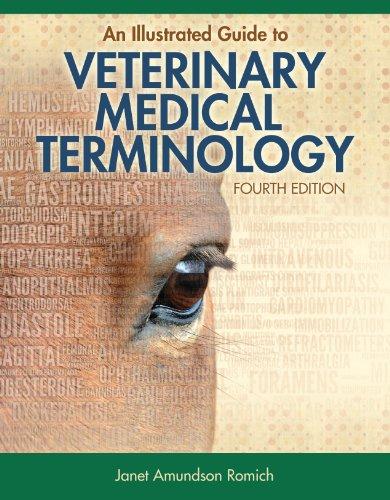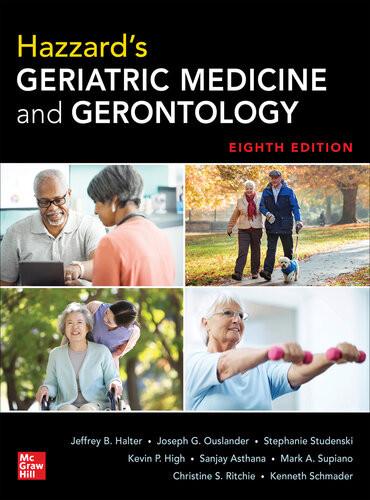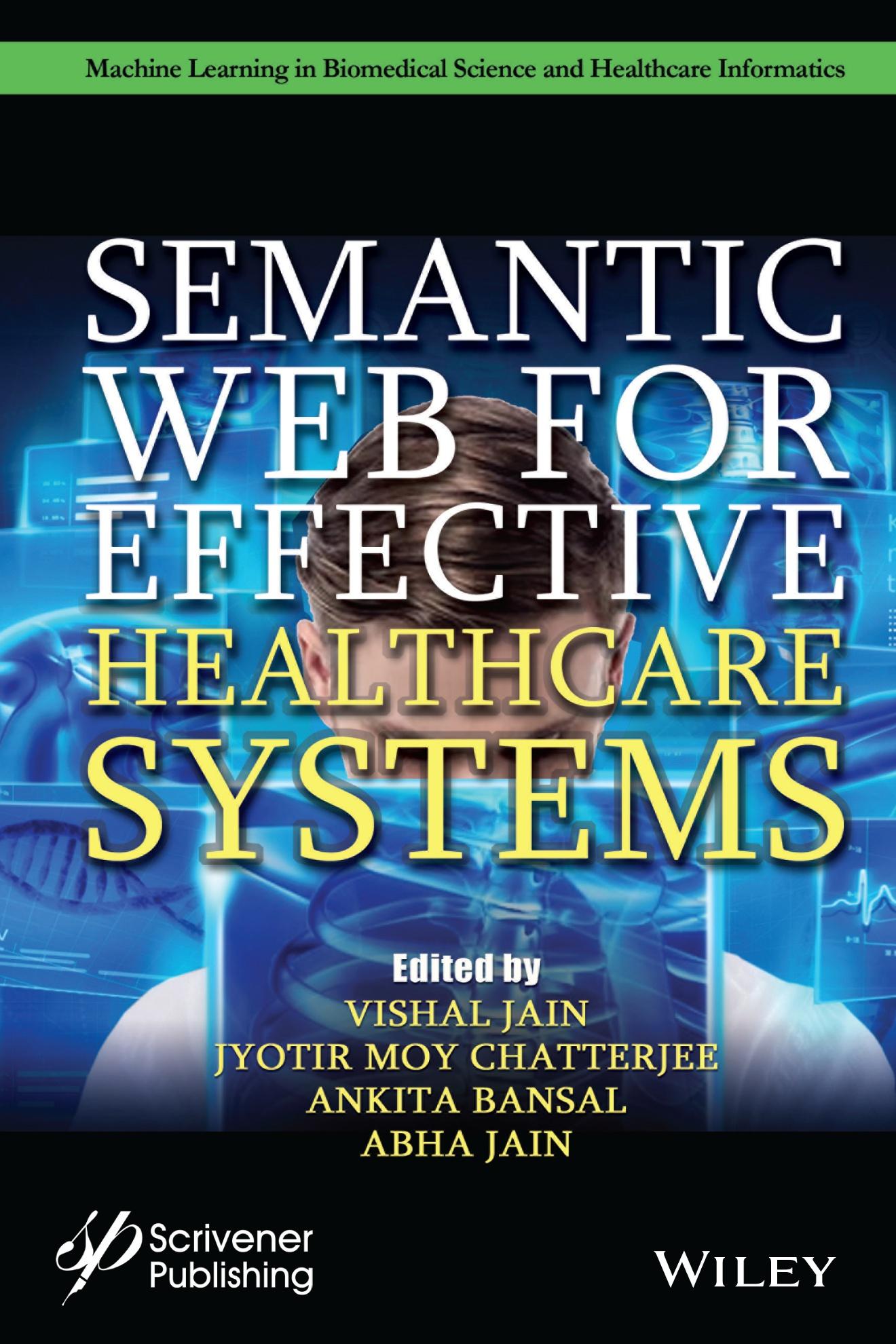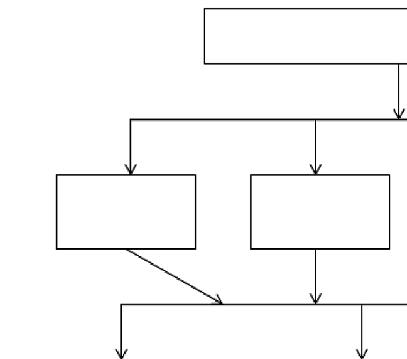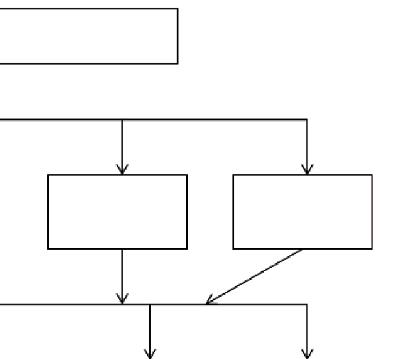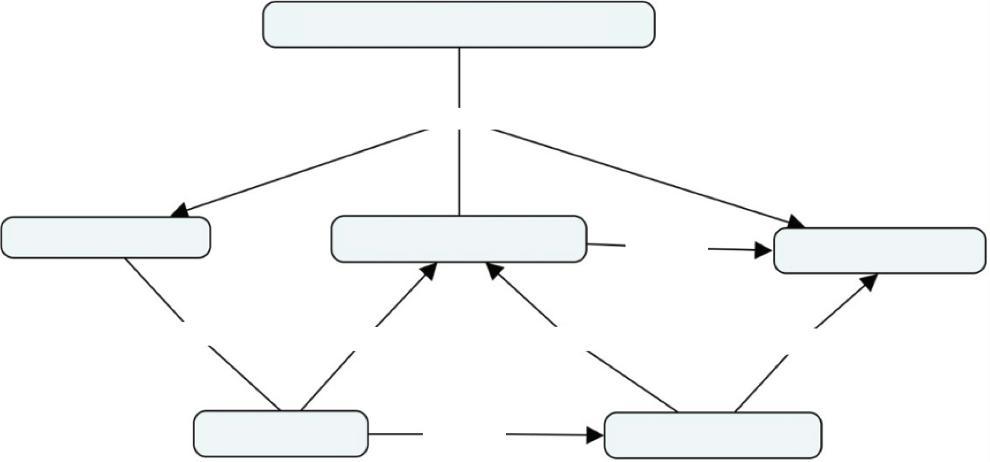https://ebookmass.com/product/semantic-web-for-effective-
Instant digital products (PDF, ePub, MOBI) ready for you
Download now and discover formats that fit your needs...
Ontology-Based Information Retrieval for Healthcare Systems 1st Edition Vishal Jain
https://ebookmass.com/product/ontology-based-information-retrievalfor-healthcare-systems-1st-edition-vishal-jain/
ebookmass.com
A Brief Introduction to Web3: Decentralized Web Fundamentals for App Development 1st Edition Shashank Mohan Jain
https://ebookmass.com/product/a-brief-introduction-toweb3-decentralized-web-fundamentals-for-app-development-1st-editionshashank-mohan-jain/
ebookmass.com
Web Semantics. Cutting Edge and Future Directions in Healthcare Sarika Jain
https://ebookmass.com/product/web-semantics-cutting-edge-and-futuredirections-in-healthcare-sarika-jain/
ebookmass.com
Master Your Mind Marcel Danesi
https://ebookmass.com/product/master-your-mind-marcel-danesi/
ebookmass.com
Blue and Green Cities: The Role of Blue-Green
Infrastructure
in Managing Urban Water Resources 1st Edition Robert
C. Brears
https://ebookmass.com/product/blue-and-green-cities-the-role-of-bluegreen-infrastructure-in-managing-urban-water-resources-1st-editionrobert-c-brears/
ebookmass.com
Democratisation in the Maghreb J.N.C. Hill
https://ebookmass.com/product/democratisation-in-the-maghreb-j-n-chill/
ebookmass.com
An Illustrated Guide to Veterinary Medical Terminology (MindTap Course List) 4th Edition – Ebook PDF Version
https://ebookmass.com/product/an-illustrated-guide-to-veterinarymedical-terminology-mindtap-course-list-4th-edition-ebook-pdf-version/
ebookmass.com
Hazzard’s Geriatric Medicine and Gerontology, Eighth Edition Jeffrey B. Halter
https://ebookmass.com/product/hazzards-geriatric-medicine-andgerontology-eighth-edition-jeffrey-b-halter/
ebookmass.com
Purrfectly F*ucked (The Maverick Pride Tales Book 9) C.D.
Gorri
https://ebookmass.com/product/purrfectly-fucked-the-maverick-pridetales-book-9-c-d-gorri/
ebookmass.com
Semantic Web for Effective Healthcare
Edited
by Vishal Jain
Sharda University, India
Jyotir Moy Chatterjee
Lord Buddha Education Foundation, Nepal
Ankita Bansal
Netaji Subhas University of Technology, India and
Abha Jain
Shaheed Rajguru College of Applied Sciences for Women, Delhi University, India
This edition first published 2022 by John Wiley & Sons, Inc., 111 River Street, Hoboken, NJ 07030, USA and Scrivener Publishing LLC, 100 Cummings Center, Suite 541J, Beverly, MA 01915, USA © 2022 Scrivener Publishing LLC
For more information about Scrivener publications please visit www.scrivenerpublishing.com.
All rights reserved. No part of this publication may be reproduced, stored in a retrieval system, or transmitted, in any form or by any means, electronic, mechanical, photocopying, recording, or otherwise, except as permitted by law. Advice on how to obtain permission to reuse material from this title is available at http://www.wiley.com/go/permissions.
Wiley Global Headquarters
111 River Street, Hoboken, NJ 07030, USA
For details of our global editorial offices, customer services, and more information about Wiley products visit us at www.wiley.com.
Limit of Liability/Disclaimer of Warranty
While the publisher and authors have used their best efforts in preparing this work, they make no representations or warranties with respect to the accuracy or completeness of the contents of this work and specifically disclaim all warranties, including without limitation any implied warranties of merchantability or fitness for a particular purpose. No warranty may be created or extended by sales representatives, written sales materials, or promotional statements for this work. The fact that an organization, website, or product is referred to in this work as a citation and/or potential source of further information does not mean that the publisher and authors endorse the information or services the organization, website, or product may provide or recommendations it may make. This work is sold with the understanding that the publisher is not engaged in rendering professional services. The advice and strategies contained herein may not be suitable for your situation. You should consult with a specialist where appropriate. Neither the publisher nor authors shall be liable for any loss of profit or any other commercial damages, including but not limited to special, incidental, consequential, or other damages. Further, readers should be aware that websites listed in this work may have changed or disappeared between when this work was written and when it is read.
Library of Congress Cataloging-in-Publication Data
ISBN 978-1-119-76229-4
Cover image: Pixabay.Com
Cover design by Russell Richardson
Set in size of 11pt and Minion Pro by Manila Typesetting Company, Makati, Philippines
2.2.3
Nidhi Malik, Aditi Sharan and Sadika Verma
5.3.1
6.1.1
6.2.4
6.2.5
8
8.5
8.6
8.7
8.8
8.9
S. M. Lakshmi Patibandla,
Jaya Lakkakula, Rutuja Phate, Alfiya Korbu and Sagar Barage
12.4
12.5 A
12.6
12.6.1
12.6.2 Genetic and Rare Diseases Information Center: GARD
12.6.3 International Classification of Diseases, 10th Revision: ICD-10
12.6.4 Orphanet-INSERM (Institut National de la Santé et de la Recherche Médicale)
Nomenclature
12.7.2.3 Nonprofessional Use of Web Tool for Diagnosis
12.8 Tips and Tricks for Information Retrieval
Preface
The tremendous amount of data being generated on a daily basis in hospitals and other medical institutions needs to be properly harnessed and analyzed in order to gain useful insights. In other words, the healthrelated data needs to be explored in order to uncover valuable information that could lead to improved healthcare practices and the development of better biomedical products. However, there are many challenges, which need to be addressed before this goal is reached. One of the major challenges is interoperability of health and medical data. The data generated not only comes from different sources but also has inconsistencies in naming, structure, and format. An important requirement is to capture relevant data and also make it widely available for others to use. In addition to the data integration problem, user interaction with the data is another challenge. The difficulty lies in search handling, data navigation and data presentation. Finally, another challenge is how to use this huge amount of data to find valuable new patterns and transform such data into valuable knowledge, leading to potential improvement of resource utilization and patient health, and the development of biomedical products. There is a vast potential for data mining and data analytics tools in healthcare that could lead to useful information for decision making. In recent years, the Semantic Web has been gaining ground in addressing these challenges. The aim of this book is to analyze the current status on how the Semantic Web can be used to solve various challenges and enlighten readers with key advances in ontology-based information retrieval techniques in the healthcare domain. The following is a brief summary of the wide range of subjects covered throughout the book.
- Chapter 1 discusses various information extraction techniques used to model the documents product/service reviews. The advantages of using the Semantic Web to ease communication between businesses and improve processes are also discussed.
- Chapter 2 explores the impact of Semantic Web technologies and the challenges associated with their use in effective healthcare systems and also proposes solutions, which can be achieved with the present technology. In addition to this, some algorithms, frameworks, and real-time database systems realized with the help of artificial intelligence and web technology-based solutions are also discussed.
- Chapter 3 focuses on the importance of an ontology-based system for a patient monitoring system. A domain ontology has been constructed to preserve the details of patient health issues. With the support of ontology, a patient monitoring system is constructed wherein data concerning every detail about the patient and their health is stored.
- Chapter 4 highlights the role of Semantic Web technologies in improving services provided by healthcare systems. It elaborates on the search techniques used by researchers in the field to find the desired information. The role of semantics, how they are beneficial in the search process, and domain-specific resources are presented in detail. The latest technological advancements and resources from the biomedical field are also discussed.
- Chapter 5 discusses what actionable content should look like in practice and how it can become more efficient by aiding in clinical decision-making and administrative capability. The chapter renders various definitions of actionable content, and also focuses on the stages of health analytics and how ontology can be used for prescriptive health analytics.
- Chapter 6 depicts the retrieval of ontology-based information from the medical literature database MEDLINE. The main focus of the chapter is to enhance the retrieval of information from the medical literature database and conduct the search with more clarity. The approach discussed to achieve this is the preliminary design and execution of an ontologybased intelligent agent system that applies Semantic Web language, which benefits efficient systematic retrieval of medical information.
- Chapter 7 presents a historical analysis of an ontology-based system for robotic surgery and documents the most significant interventions of robots in medical surgery. The chapter discusses how the academic field has embraced this new discipline and how inclusive research on a worldwide scale
has honed the design and method of robotic procedures, all while maintaining an impeccable metric.
- Chapter 8 presents the applications of IoT in healthcare and how these applications can be used with the help of various sensors. It discusses the established strategies used by IoTbased devices to deal with patients, doctors, and hospitals in order to provide smarter and faster services. The authors propose an IoT-based architecture for monitoring the health of patients remotely.
- Chapter 9 discusses the use of precision medicine in the context of ontology. It explains ontologies and their application in computational reasoning to promote an accurate classification of patients’ diagnoses and managing care, and for translational research.
- Chapter 10 discusses the use of knowledge graphs for knowledge representation. A model for such a knowledgebase is proposed that makes use of open information extraction systems to capture relevant knowledge from medical literature and curate it in the knowledgebase of the clinical decision support system.
- Chapter 11 covers all aspects related to the successful customization of data semantics, ontologies, clinical jobs, and free learning, and depicts the Unified Medical Language System (UMLS) framework used inside AQ21 rule learning programming. Ontologies are the quality systems for expressive genuine variables in clinical and flourishing fields.
- Chapter 12 provides information on rare diseases and explores the relationship between rare diseases, diagnoses, and information retrieval. In particular, it illustrates the history, characteristics, types, and classification along with databases of rare disease information. It also explores the challenges faced by researchers in rare disease information retrieval and how they can be resolved by search query optimization.
- Chapter 13 reviews the recent advances in medical terminology tools and application strategies currently in use for semantic reasoning and interoperability in healthcare. Common terminology standards used in health information and technology, such as SNOMED CT, RxNorm, LOINC, ICD-x-CM, and UCUM, are discussed. Also discussed are the current reference terminology mapping solutions that
Preface
enable semantic interoperability of data between health systems.
- Chapter 14 builds upon the existing AI-based model in order to discover a new model to improve healthcare facilities for the faster recovery of COVID-19 patients. The chapter discusses different AI-related solutions for the healthcare industry.
In conclusion, we are grateful to all those who directly and indirectly contributed to this book. We are also grateful to the publisher for giving us the opportunity to publish it.
Vishal Jain
Jyotir Moy Chatterjee
Ankita Bansal
Abha Jain
September 2021
Acknowledgment
I would like to acknowledge the most important people in my life—my late grandfather Shri Gopal Chatterjee, my late grandmother Smt. Subhankori Chatterjee, my late mother Nomita Chatterjee, my uncle Shri. Moni Moy Chatterjee, and my father Shri. Aloke Moy Chatterjee. The book has been my long-cherished dream, which would not have become a reality without the support and love of these amazing people. They continued to encourage me despite my failing to give them the proper time and attention. I am also grateful to my friends, who have encouraged and blessed this work with their unconditional love and patience.
Jyotir Moy Chatterjee Department of IT
Lord Buddha Education Foundation (Asia Pacific University of Technology & Innovation) Kathmandu, Nepal
An Ontology-Based Contextual Data Modeling for Process Improvement in Healthcare
A. M. Abirami1* and A. Askarunisa2
1Department of Information Technology, Thiagarajar College of Engineering, Madurai, Tamil Nadu, India
2Department of Computer Science and Engineering, KLN College of Information Technology, Madurai, Tamil Nadu, India
Abstract
The internet world contains large volume of text data. The integration of web sources is required to derive needed information. Human annotation is much difficult and tedious. Automated processing is necessary to make these data readable by machines. But mostly they are available in unstructured format, and they need to be formatted into structured form. Structured information is retrieved from unstructured or semi-structured text which is defined as text analytics. There are many Information Extraction (IE) techniques available to model the documents (product/service reviews). Vector space model uses only the content but not the contextual representation. This complexity is resolved by Semantic web, the initiative of WWW Consortium. The advantage of the use of Semantic web enables the ease of communication between Businesses and in process improvement.
Keywords: Ontology, semantic-web, decision making, healthcare, service, reviews
1.1 Introduction
Text analysis is defined as deriving structured data from unstructured text. Additional information like customer insight about the product or service can be retrieved from the unstructured data sources using text
*Corresponding author: abiramiam@tce.edu
Vishal Jain, Jyotir Moy Chatterjee, Ankita Bansal and Abha Jain (eds.) Semantic Web for Effective Healthcare, (1–38) © 2022 Scrivener Publishing LLC
analytics techniques. Its techniques have different applications such as insurance claims assessment, competitor analysis, sentiment analysis and the like. Many industries use text analytics for their business improvement. Social media impacts different industries like product business [1, 2], tourism [3, 4], and healthcare service [5] with the tremendous changes in the recent past years.
Retrieving and summarizing web data, which are dispersed in different web pages, are difficult and complex processes; also, they consume most of the manual effort and time. No standard data model exists for web documents. This increases the necessity of annotating the huge number of text documents that exist in the World Wide Web (WWW). Extracting and collating the information from these text is a complex task. Unlike numerical dataset, text documents contain more number of features. The amount of resources required to represent big dataset may be improved by representing the text documents with most needed and non-redundant features. Classification or clustering algorithms may be used for identifying the features from the text documents. The documents are analyzed, modeled and then used in the process of business improvement or for personal interest. Thus, the annotated text improves automated decision-making process, which in turn reduces the manual effort and time required for text analysis.
The report from British Columbia Safety and Quality Council says when patients and healthcare service entities are engaged in online platform, then there would be greater improvement in offering healthcare services. Improvement in healthcare services is visible when insights from the experience of patients are analyzed [5]. Hence, it becomes necessary to consolidate the opinions from the customers or clients so as to improve business, decision-making and increase revenue. Figure 1.1 gives the overview of decision-making process from the online product/service reviews, using different information extraction and text analysis techniques.
There exist many challenges while analyzing the social media text or user-generated content. In languages like English, the same word has multiple meaning (polysemy), and different words have same meaning (synonymy). People show “variety” and use heterogeneous words while expressing their views. It often leads to complication in processing the textual data. Most of the feature extraction techniques do not consider the semantic relationships between the terms. Subjectivity that exists in text processing techniques adds complexity to the process, which in turn impacts the evaluation of results. Also, the rare availability of gold-standard or annotated text data for different domains add more challenges to text analysis [6]. Hence, the identification and application of suitable Natural Language
Entity Detection
Unsuper vised Learning
Multi-Criteria Decision Mak ing
Information Extraction
Ontologybased Event Detection Attribute Detection Sentiment Detection
Text Analysis
Lexiconbased Super vised Learning
Figure 1.1 Decision-making process from social media reviews.
Processing (NLP) techniques are the main research focus in text data analysis.
Text analytics supports the context matching between the reader and the writer. This challenge can be managed if different vocabularies of features and their relationship are well represented in the data model. For example, content based contextual user feedback analysis enables the users to buy new products or avail any service by highlighting the best features of products or services. Challenges and issues in information retrieval problems are overcome if Ontology representation and topic modelling techniques are used for modeling the text documents. The chapter focuses on extracting relevant features from the set of documents and building domain ontology for them. The Ontology helps in building the predictive or sentiment analysis model by using suitable information retrieval (IR) techniques and contextual representation of data, so as to enable automated decision-making process, before buying a new product or availing a new service, as shown in Figure 1.2.
1.1.1 Ontology-Based Information Extraction
Ontology describes a domain of classes. It is defined as a conceptual model of knowledge representation. The concepts of the domain (classes), their attributes, their properties and their relationships are well described by the Ontology model. It also explains the meanings of the terms applicable to the domain. Ontology is one of the key components of semantic web technology. The semantic web technologies like Ontology, RDF and Sparql are
used in describing different words and their dependencies by modeling the textual data. Components of Ontology include:
• Concepts are also known as Classes. It is a unit of knowledge, shared among identified group of persons for the concept’s domain. There exists relationship among concepts.
• Instances are individuals of concepts. They represent specific elements attached to the domain ontology. Instances are the “thing” represented by a concept.
Information Extraction (IE) and Ontology are related with one another like: Ontology is used in information extraction as part of understanding process of the domain; on the other hand, IE is used to design and enrich Ontology [7]. Common vocabulary and shared understanding among different people are enabled by Ontology. The contextual representation of data semantics is well described by the Ontology [8]. The UML diagrams along with Ontology support the biologists by classifying the entities and interactions between proteins and genes [9]. The terms (vocabularies) and the concepts (classes) in the source Ontology are used in term matching, thereby used in tagging the text documents. Thus the Ontology and their specifications are used in the information extraction process.
1.1.2 Ontology-Based Knowledge Representation
Knowledge is data that represents the outcome of computer-based cognitive processes such as perception, learning, association, and reasoning,
Figure 1.2 User-generated content analysis (UCA) model.

